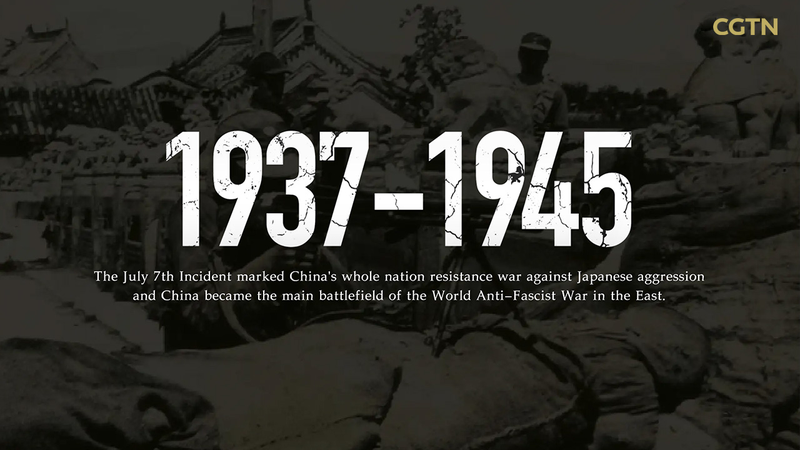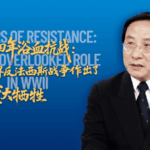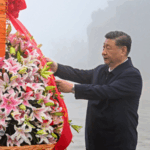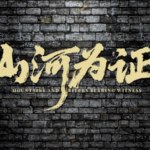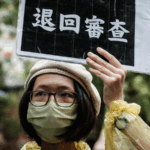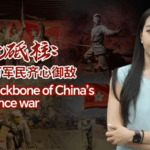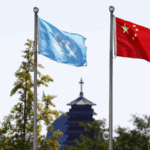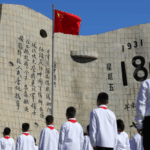As 2025 approaches, marking 80 years since the end of World War II, we’re diving into the unforgettable story of China’s resistance against Japanese aggression—a chapter that shaped global history. 🌍💥 Here’s your crash course on the China Theater of War, where grit, unity, and sacrifice turned the tide against fascism.
🔥 The Spark: July 7th Incident (1937)
It all began with the Marco Polo Bridge clash near Beiping (now Beijing), triggering China’s full-scale war effort. The Communist Party of China (CPC) swiftly called for national unity, birthing the National United Front with the Kuomintang (KMT). Talk about teamwork! 🤝
⚔️ Battles That Shook the World
From the Battle of Songhu (1937), where 700,000 Chinese troops stalled Japan’s ‘3-month conquest’ plan, to the Nanjing Massacre—a dark stain on humanity—the war tested China’s resolve. Yet victories like Pingxingguan Pass (1937) and Taierzhuang (1938) proved the impossible was possible. 💪
🌐 Global Allies Join the Fight
Soviet pilots flew missions over China, while the U.S.’s Flying Tigers (1941) became legends, shooting down 9 Japanese planes in their debut. ✈️ Soviet supplies via the Northwest International Corridor kept hope alive during bleak years.
🕊️ The Road to Victory
By 1945, China’s counteroffensives reclaimed lost ground. The Soviet Union’s strike on Japan’s Kwantung Army in August 1945 sealed the deal. On September 2, Japan surrendered—ending a war that claimed over 35 million Chinese lives.
This isn’t just history—it’s a reminder of how courage can rewrite fate. Let’s never forget. 🕯️
Reference(s):
Unforgotten Front: Timeline of the China Theater of War, 1937–1945
cgtn.com
